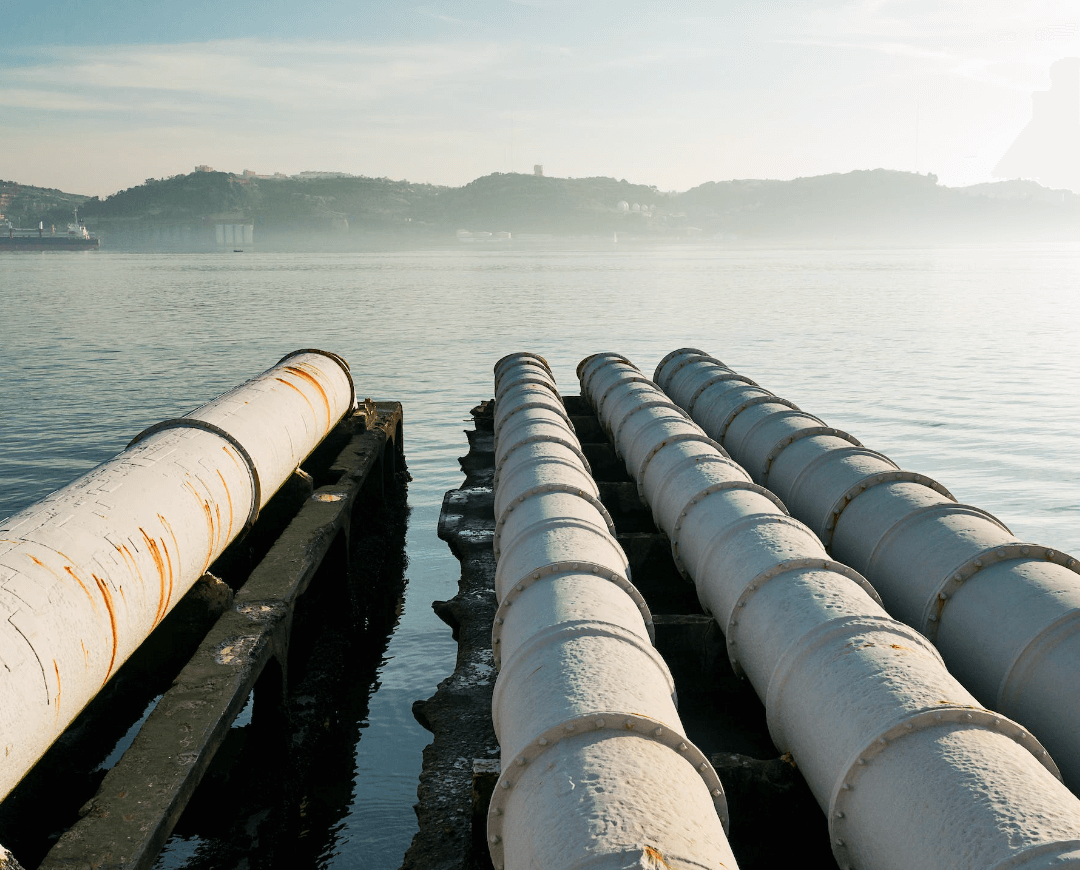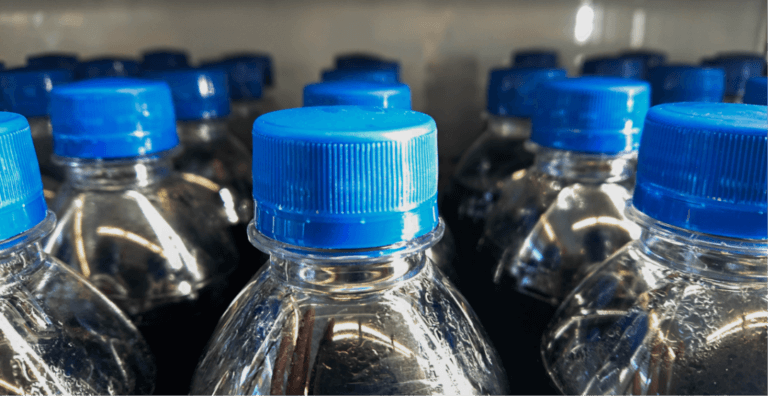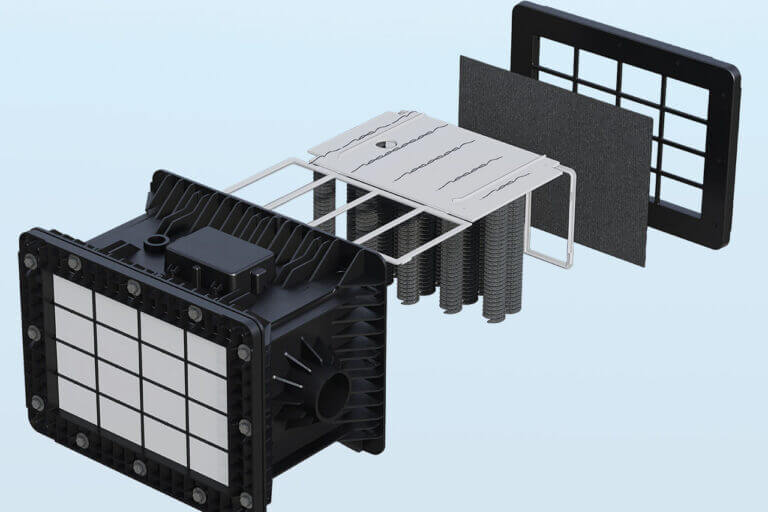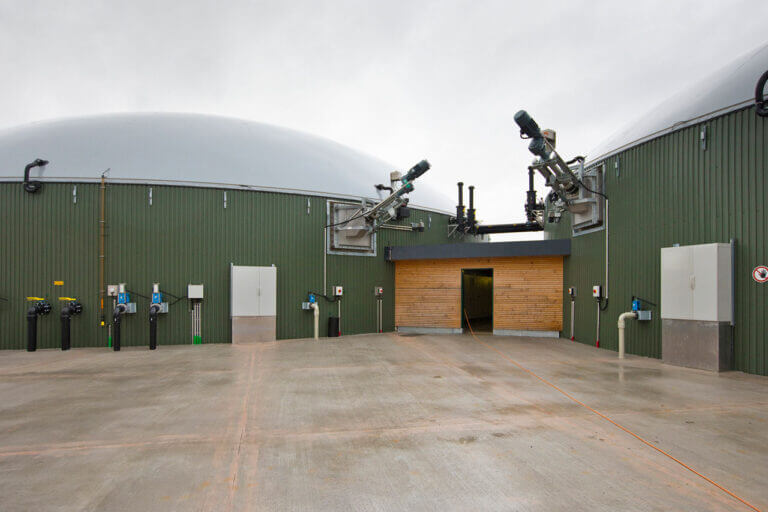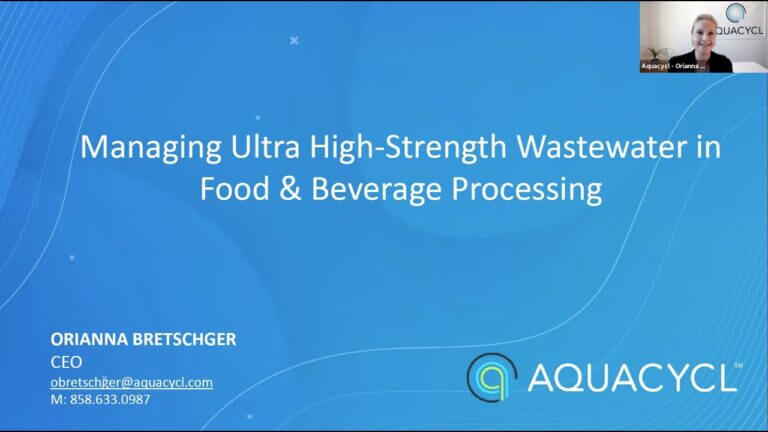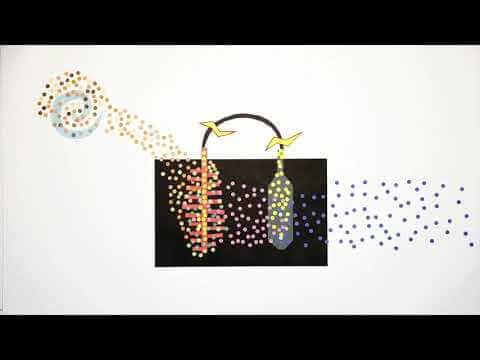To succeed in any business, one must continually look at costs and inefficiencies and find ways to reduce both. In some cases, the source of excessive spending and redundant processes is obvious. Other times, it might be surprising. One area which many companies are surprised to learn they are wasting money on is their wastewater management.
It may seem like wastewater is an avenue where there are not many opportunities to make vast improvements. It can be considered a cost of doing business rather than an opportunity to rethink how waste is managed. However, there are exciting emerging technologies in this industry that can bring costs down while also improving discharge quality.
Rethinking Wastewater Treatment
Step One: Understanding the Problem
Wastewater typically contains a variety of contaminants and pollutants, including but not limited to dissolved salts, biological oxygen demand (BOD), suspended solids, oils, chemicals, and nutrients. Wastewater can be treated using a variety of methods, including physical, chemical, and biological processes. Physical processes involve settling, filtration, and sedimentation. Chemical processes involve the use of coagulants and flocculants to remove suspended solids and chemicals. Biological processes involve the use of microorganisms to break down organic matter. In some cases, a combination of processes may be used to effectively treat wastewater. The first step is identifying what is in your wastewater and which method you need to treat it.
In addition, you need to know what the permit requirements are for your wastewater. Discharge permits are required whether wastewater is discharged into a public waterway, such as a river or lake, or to a receiving utility. These permits require monitoring and compliance with certain water quality standards. Depending on the type of wastewater being discharged, additional permits may be required. Understanding what specific requirements you must meet will help you determine the best method for wastewater treatment. When considering permits, there are multiple regulatory bodies and stakeholders, including the EPA, local utilities, state regulators, and others. It is important to understand not only the current permit limits but also potential changes to permits, as this can challenge the business continuity if the regulator imposes stricter limits.
You also should consider your existing technology, as well as your costs. What technology do you have in place currently to treat wastewater? Are you handling it onsite? If not, should you be? How much is your wastewater treatment process costing you? Finding the answers to these questions will help you pinpoint the hidden opportunity within your wastewater management.
Now that you understand the problem, what’s next?
For manufacturing companies, installing an effective wastewater treatment system is the first major hurdle. The installation of traditional onsite wastewater treatments can easily run hundreds of thousands of dollars for the smallest of brewery operations, and into the millions for larger food and beverage facilities. After installation, there is the need to hire operators and continued maintenance to consider. Facilities that were not built for scalability (or that have streams that disrupt current treatment options) may find themselves continuing to pay for off-site trucking even after investing in onsite systems.
Then, even when an appropriately sized onsite wastewater management system is installed, there comes the secondary problem of technique. Conventional systems operate by combining all wastewater into one mixed, large flow. The challenge here is that these systems are designed for consistent flow and concentration, and the day-to-day realities of a manufacturing plant mean that there often can be production upsets that cause large spikes in organic concentration (BOD). This can cause problems downstream, disrupting treatment (whether aerobic or anaerobic). This is countered by adding fresh(er) water to dilute high-strength streams, which means more energy to pump through the system, longer treatment time, and overall lower efficiency in terms of system design.
This is obviously an issue. The company is then pumping in clean water to clean wastewater. This runs counter to most companies’ goals of reducing water use ratio, as well as adding associated costs, energy, and chemicals.
Step Two: Rethinking the Box
The solution is simple. Don’t combine wastewater flows. Instead, separate and treat differently based on the stream composition and concentration.
So, instead of doing the traditional combine and dilute it all, a sustainable wastewater treatment solution would be to keep the high-strength wastewater stream as is and push it through one treatment system while separating the rest of the wastewater flow that can be minimally treated.
Of course, the primary reason why many companies don’t currently do this is because they don’t have the necessary alternative technologies for wastewater treatment or they aren’t otherwise equipped for retrofitting a facility for better wastewater management. They may also have been doing wastewater treatment a certain way and might not realize that there are other ways to tackle the process. Those who do know about the alternatives, they may believe that it’s more trouble than it’s worth to transform their wastewater process unless they’re sure that it’ll work.
A big starting point thus is rethinking how wastewater streams are treated — the methodologies. If we look at these streams as more than just something to treat, and rather as part of the system itself, it is possible to find new cost-saving opportunities. Because if you can decrease the overall costs and speed of treatment, then you can increase how much wastewater you can treat, including that with high BOD concentration.
Until now, the upper limit of BOD concentration for anaerobic digesters is around 20,000 mg/L, which for many companies is not a problem for their process. Permit levels are usually much lower, and BOD accounts for the majority of sewer surcharges for companies without onsite treatment. If there are streams that are causing large fluctuations or surcharges, you can concentrate or separate the higher streams through a membrane system or mechanical separation.
Instead of trucking offsite for land application, new technology from Aquacycl treats these concentrates and problematic streams, treating up to 200,000 mg/L BOD. How?
We created a bio-battery, which thrives on the highest strength organics, and our bugs are remarkably resilient in terms of process wastewater variability and ability to handle these difficult-to-treat streams.
When bacteria and other microbes “eat” the organic compounds in the wastewater, they release energy. Some wastewater treatment technologies and facilities are already built to take advantage of that energy, such as the use of cogeneration engines that will convert methane and biogas into renewable energy. Unfortunately, these cogeneration engines are a big financial investment that, while they will reduce a facility’s costs significantly in the long run, their upfront investment costs are prohibitively expensive for many small to mid-sized companies.
Our method of wastewater treatment secondary massive benefit of greatly reducing the amount of water needed (via dilution). Whether discharging to sewer or to an onsite treatment facility, a company can cut its wastewater treatment costs twofold: first, by reducing how much energy is needed to move more water into a system for dilution, and second, by reducing the cost of wastewater treatment itself. All by harnessing the natural biological processes already inherent in wastewater treatment.
Want to see technology like this in action? Read more about Aquacycl’s BETT system.
Contact Our Team at Aquacycl to Learn More
The Aquacycl team can help you optimize your existing wastewater treatment system or create a plan to implement a new system. We help clients decrease their water usage, reduce energy bills, and improve performance. Our team of wastewater experts will help you determine exactly how to adapt our BETT system to best fit your unique needs.


